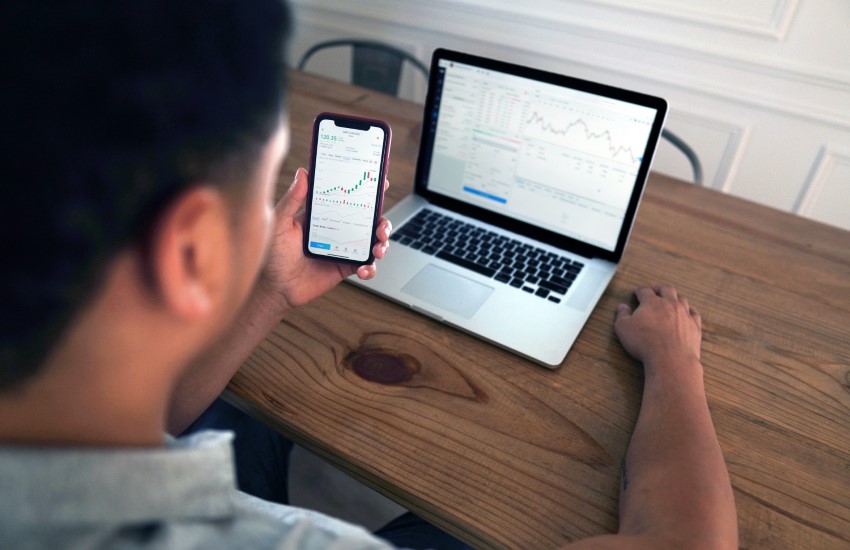When trading cryptocurrencies, one of the key decisions you need to make is whether or not to use leverage. Leverage can help traders maximize their profitability, but it will also increase their risk exposure. It is important to understand the implications of using leverage before making a decision. In this article, we’ll explore how leverage works and examine the pros and cons of leveraging in the cryptocurrency market.
What Is Leverage?
In simple terms, leverage is a way to increase your buying power and gain more exposure to the cryptocurrency market. When you use leverage, you borrow funds from a broker or other lender which allows you to purchase more crypto assets than your actual capital would allow. This increases potential profits, but it also magnifies losses if the investment goes wrong.
Pros of Leverage Trading
The main advantage of leveraging when trading cryptocurrencies is that it allows traders to magnify their potential profits. By using leverage, traders can gain a larger exposure to the cryptocurrency market than they would otherwise be able to without having to increase their capital. This, in turn, means that they can make larger profits when prices move in their favor.
Cons of Leverage Trading
The disadvantages of leveraging should not be ignored as it also increases risk exposure. Leverage magnifies both losses and profits, so traders need to be extra careful when trading with leverage as it can quickly lead to large losses if the market moves against them. Additionally, traders should be aware of any fees associated with borrowing funds from a broker or other lender as these can quickly add up and reduce potential profits.
Monitoring Leveraged Positions
It’s especially important to monitor crypto in real time if you are leveraged. By receiving instant crypto notifications about the market, you can stay ahead of any changes and make sure that your leveraged position is not putting your capital at risk. Using a free crypto portfolio management software like Moonrig.io is an effective way to keep track of your leveraged positions and make sure that you are up-to-date with the current market conditions.
Best Practices If Using Leverage
Being able to calculate the worst possible case scenario should always be the first step when using leverage. This will give traders a better understanding of their risk exposure and how much capital they could potentially lose if the market moves against them.
Traders should also always set stop losses to limit their downside potential and make sure that their position is automatically closed if it reaches a certain loss threshold. With borrowed funds, it’s usually best to cut your losses short and move on to the next trade.
Conclusion
Ultimately, whether or not to use leverage when trading cryptocurrencies is a decision that should be made on a case-by-case basis. Leverage magnifies both profits and losses, so traders need to be aware of the risks and make sure that they are properly covered in worse-case scenarios.












